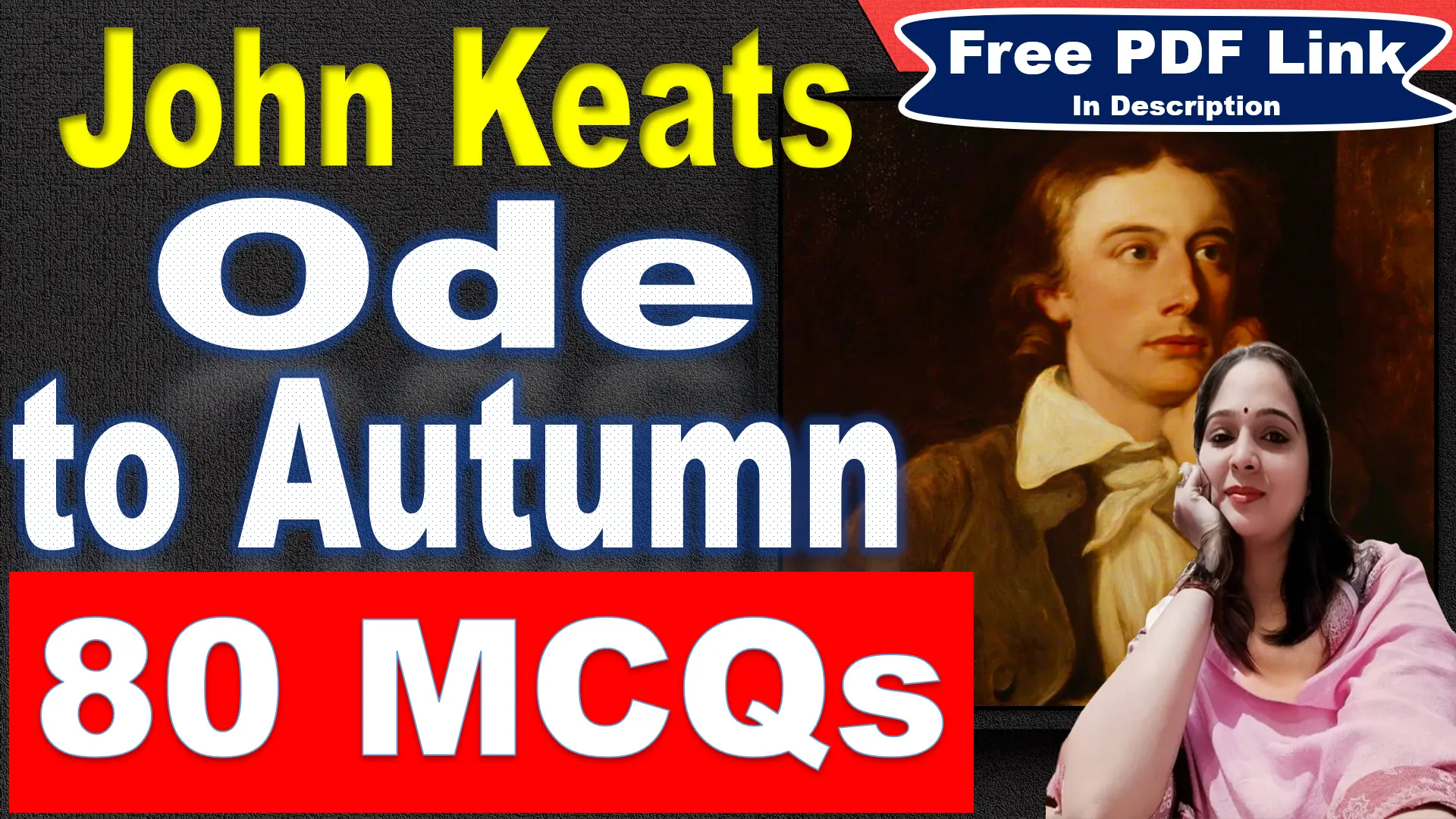Sonnet 129 by William Shakespeare Summary
Sonnet 129 by William Shakespeare explores the destructive nature of lust and its consequences on the human spirit. The poem delves into the emotional and psychological toll of indulging in lustful desires.
The opening line, “Th’expense of spirit in a waste of shame,” suggests that the energy or essence of one’s spirit is squandered in the shameful act of lust. The poet describes lust in action as perjured, murderous, bloody, and full of blame, portraying it as a negative and harmful force.
The sonnet goes on to emphasize the fleeting nature of lust, describing it as something that is enjoyed briefly but immediately despised. The use of terms like “Savage, extreme, rude, cruel, not to trust” underscores the destructive qualities of lust.
The middle section of the sonnet explores the irrationality of lust, depicting it as something pursued beyond reason, hated after the fact, and likened to a bait intentionally laid out to drive the taker mad. The repetition of the word “Mad” emphasizes the frenzied and irrational nature of both pursuit and possession.
The final quatrain contrasts the transient pleasure of lust with the lasting consequences. The pursuit of lust is described as extreme, leading to both bliss and woe. The poet suggests that what was once a joyous prospect becomes a painful reality.
The concluding couplet reflects on the universal knowledge of the destructive nature of lust. Despite this awareness, people are unable or unwilling to avoid the “heaven” that ultimately leads them to a metaphorical “hell.” The poem highlights the paradoxical and self-destructive tendencies of human nature when it comes to indulging in illicit desires.
Key Points
Author: William Shakespeare is considered to be one of the most important English-language writers. His plays and poems are read all over the world.
Form: Sonnet 129 is a sonnet, a fourteen-line poem that is contained within one stanza. The form that has become synonymous with the poet’s name. The English or Shakespearean sonnet is made up of three quatrains, or sets of four lines, and one concluding couplet, or set of two rhyming lines.
Speaker: The speaker of the sonnet is not explicitly named, but it is often assumed to be a character created by Shakespeare. The speaker is expressing deep regret and shame over succumbing to lust.
Setting: The setting is not specific. It deals more with emotional landscape than a physical one.
Theme: The main theme of the sonnet is lust and its destructive potential. It explores the idea that lust is a powerful, uncontrollable force that leads to shame and regret.
Plot: The sonnet describes the cycle of lust from the initial desire, to the act, and finally to the aftermath of shame and regret. It speaks of lust as something that is intensely desired until it is acted upon, at which point it is immediately despised.
Tone: The tone of the sonnet is one of warning and regret. The speaker seems to be reflecting on personal experiences with lust, expressing regret for past actions and warning against future ones.
Style: Shakespeare’s style in this sonnet, like many of his others, is characterized by its iambic pentameter and intricate rhyme scheme. He uses strong, vivid language to convey the intensity of lust and the resulting shame.
Message: The message of the sonnet is a warning about the dangers of lust. It suggests that while lust can seem desirable in the moment, it ultimately leads to a cycle of regret and shame. Despite this, the speaker notes that this is a well-known truth that people often ignore or forget.
Structure and Rhyme Scheme
Structure
The structure of Sonnet 129 follows the typical structure of a Shakespearean sonnet. It is composed of three quatrains (four-line stanzas) and a final couplet (two-line stanza). The quatrains often introduce a problem or question, while the couplet provides a resolution or answer.
Rhyme Scheme
The rhyme scheme of a Shakespearean sonnet is ABABCDCDEFEFGG. This means that the first and third lines of each quatrain rhyme with each other (A and C, D and F), as do the second and fourth lines (B and D, E and G). The final couplet (GG) also rhymes.
This structure and rhyme scheme are characteristic of Shakespeare’s sonnets and are part of what gives them their musicality and emotional impact.
Word Meaning
| Line | Tough Word | Meaning in English | Meaning in Hindi |
| 1 | Expense | Cost, waste | खर्च |
| 1 | Spirit | Soul, energy | आत्मा |
| 1 | Shame | Dishonor, disgrace | शर्म |
| 2 | Lust in action | Physical or sexual relation | वासना क्रिया / यौन संबंध |
| 3 | Perjured | Oath-breaking, false | झूठा |
| 3 | Murd’rous | Murderous, violent | घातक |
| 3 | Bloody | Cruel, brutal | खूनी |
| 4 | Savage | Uncivilized, brutal | जंगली |
| 4 | Extreme | Excessive, beyond reason | अतिवादी |
| 4 | Rude | Unmannerly, crude | असभ्य |
| 4 | Cruel | Unkind, heartless | क्रूर |
| 5 | Despisèd | Hated, loathed | घृणा की |
| 6 | Past reason | Beyond reason, illogical | बुद्धि से परे |
| 6 | Hunted | Pursued relentlessly | शिकार किया |
| 7 | Hated | Loathed, despised | नफरत की |
| 7 | Swallowed bait | Trapped by temptation | निगल लिया चारा |
| 8 | Laid | Set, prepared | रखा |
| 8 | Taker | One who desires or consumes | लेने वाला |
| 8 | Mad | Insane, driven to frenzy | पागल |
| 9 | Pursuit | Chasing, seeking | पीछा |
| 9 | Possession | Having control over | कब्जा |
| 10 | Had | Possessed, acquired | लिया |
| 10 | Having | Possessing | पाकर |
| 10 | Quest | Search, pursuit | तलाश |
| 11 | Bliss | Ecstasy, perfect happiness | आनंद |
| 11 | Proof | Evidence, demonstration | प्रमाण |
| 11 | Woe | Sorrow, grief | दुख |
| 12 | Proposed | Offered, suggested | प्रस्तावित |
| 12 | Dream | Fantasy, illusion | सपना |
| 14 | Shun | Avoid, stay away from | बचना |
| 14 | Heaven | Paradise, bliss | स्वर्ग |
| 14 | Hell | Underworld, suffering | नरक |





